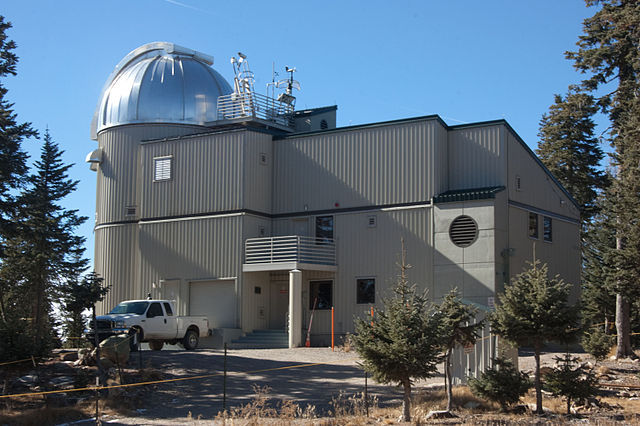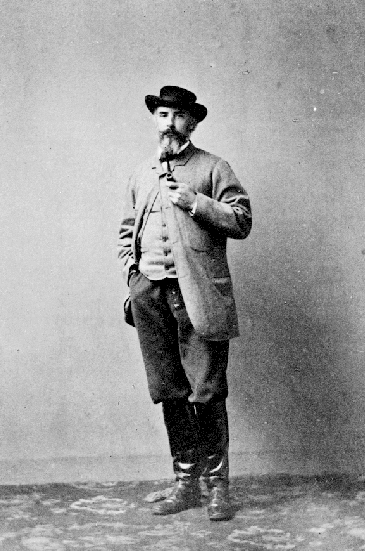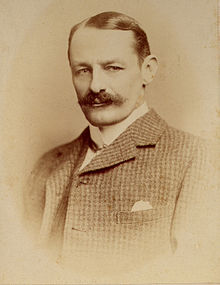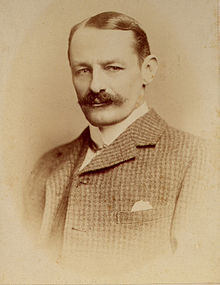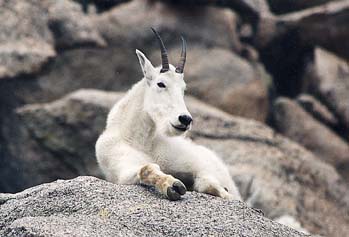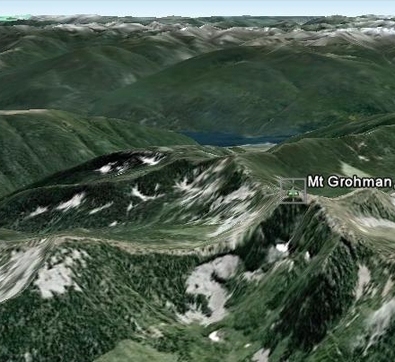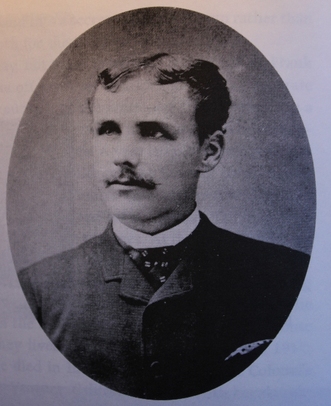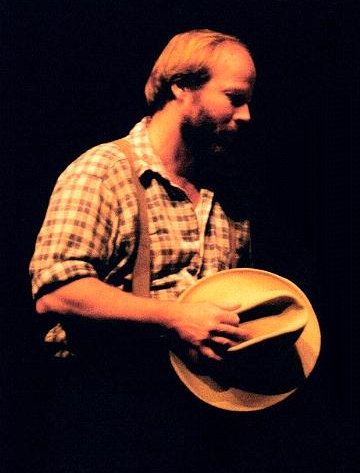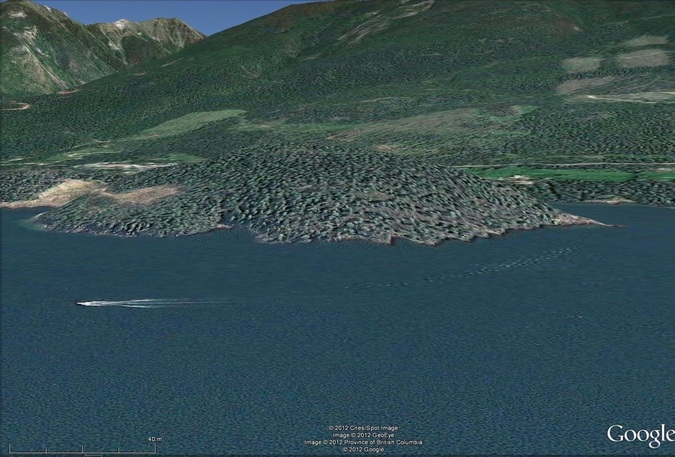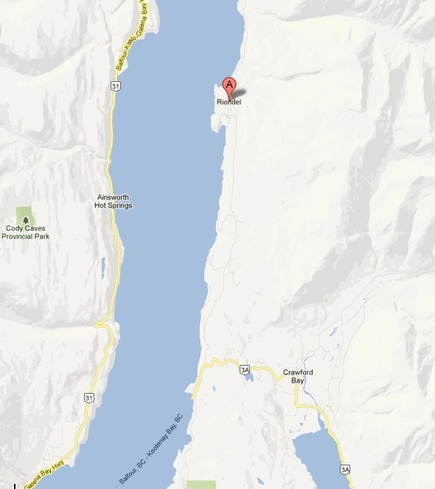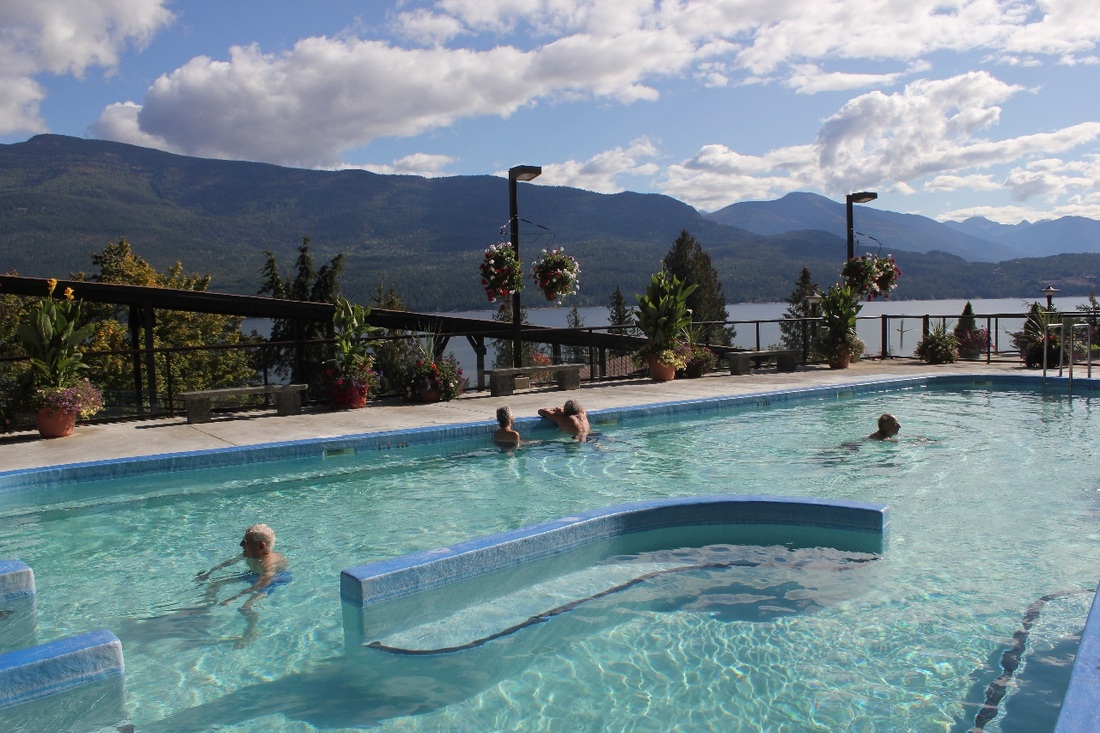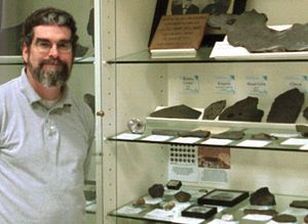
Br. Consolmagno and part of the Vatican meteorite collection, courtesy Kevin Nickerson
(Originally broadcast on CBC's Quirks and Quarks on April 15, 2006)
Science and religion are often seen in conflict, but that's something Brother Guy Consolmagno would like to put behind us. He's certainly put it behind him. Brother Guy is the Curator of Meteorites of the Vatican Observatory in Arizona, and an accomplished planetary scientist, and he sees no tension at all between his science and his religion. He also thinks many scientists with religious beliefs feel the same way. The conflict, he suspects, is a result of people who know too little about both science and religion.
Click BELOW for the CBC interview with Brother Guy and learn what the Roman Catholic Church really thinks about science.
| qq-2013-03-30_04_guy_consolmagno.mp3 |
VATT--the Vatican Observatory, near Tucson, Arizona.
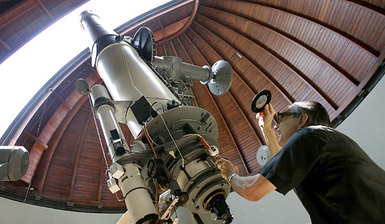
Ready for more? Here what the Vatican Observatory's chief astronomer, Jose Gabriel Funes has to say about the possible existence of
extra-terrestrial intelligence.
